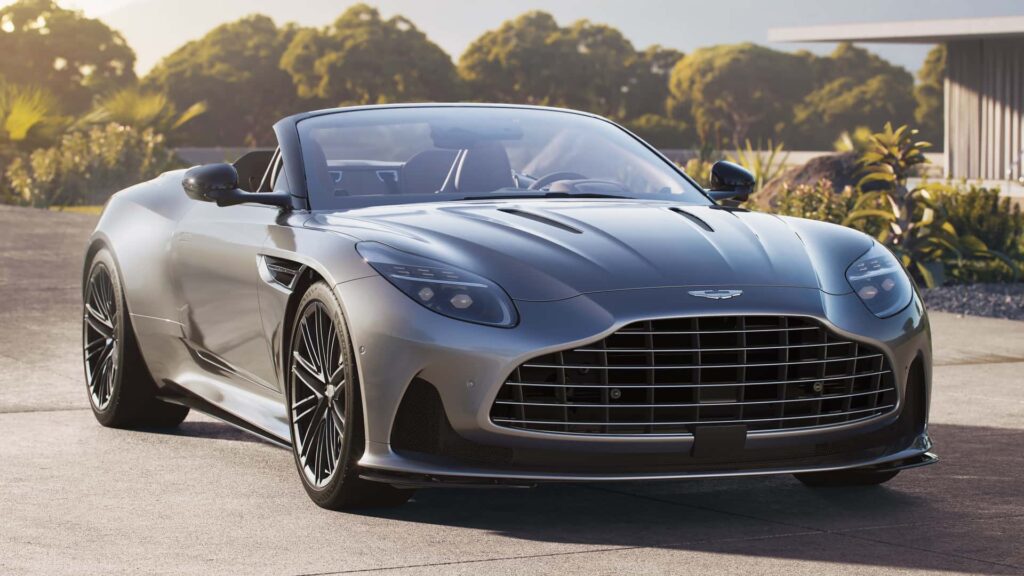Aston Martin is making a bold bet on the continued popularity of combustion engines. The luxury carmaker plans to keep selling gasoline-powered vehicles for as long as regulations allow, citing strong customer demand for the traditional driving experience. This strategy comes with a shift in focus towards plug-in hybrid technology (PHEV) and a delay in the launch of their first electric car.
Aston Martin believes there’s a dedicated market for combustion engine vehicles, particularly among their clientele who value the sensory aspects of a sports car. Executive Chairman Lawrence Stroll emphasizes that customers have expressed a desire for the “sounds and smells” associated with traditional gasoline engines. This customer feedback fuels Aston Martin’s commitment to offering combustion engine options for as long as possible.
The company’s initial plan for a 2025 electric car launch has been pushed back to 2027. This delay reflects Aston Martin’s perception of a disconnect between the hype surrounding electric vehicles and actual consumer demand, especially in the luxury car segment. They believe that at their price point, electric vehicles haven’t reached a tipping point in terms of consumer interest.
Instead, Aston Martin is pouring resources into PHEV technology. They see PHEVs as a way to bridge the gap between electric cars and traditional gasoline engines. This technology offers both electric-only driving for urban areas and the power of a combustion engine for longer journeys. The company plans to develop a range of PHEVs based on V8 engines, catering to customer preferences and potentially integrating the technology into existing models like their best-selling DBX SUV. Stroll anticipates strong demand for PHEVs lasting well into the 2030s.
While electric vehicles are on the horizon for Aston Martin, the timeline has shifted. They are developing a dedicated electric platform for a future lineup that will include a GT, SUV, crossover, and even a mid-engined electric supercar. However, the first model from this platform won’t be revealed until late 2026.
In the immediate future, Aston Martin is focusing on refreshing its existing lineup. The new Vantage and DB12 models have already launched, and refreshes for the DBX SUV and a replacement for the DBS are on the way. This flurry of activity will provide Aston Martin dealers with a significant boost, offering “four new products in 12 months, when we’d done four products in 10 years before,” according to Stroll.
The company acknowledges the future of electric vehicles but is taking a measured approach to its introduction within the luxury car market.

